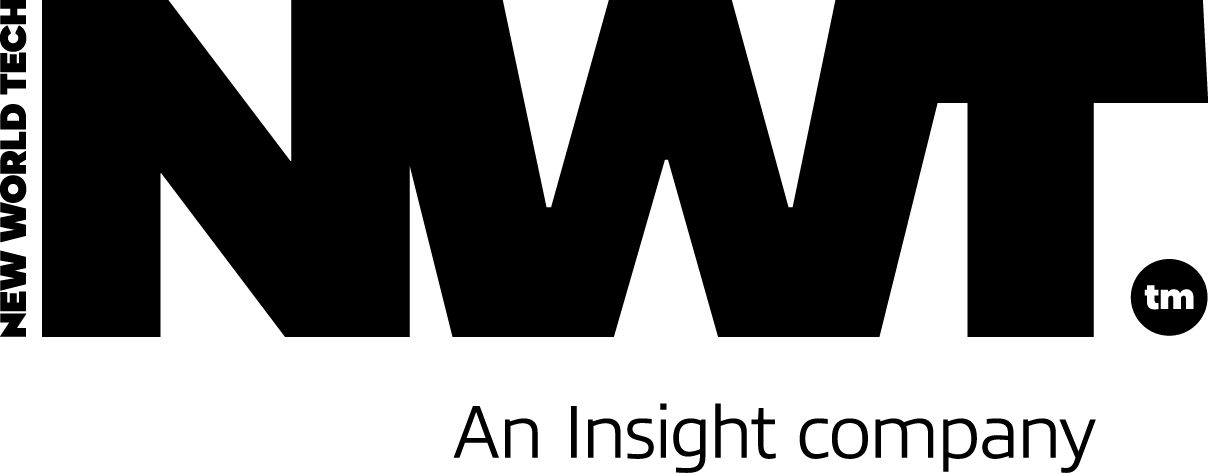Cracking the code - agile programme management (apm)


The Key to Nimble, Efficient, and Customer-Centric Programme Delivery
Have you ever read the Agile Manifesto? Originally titled the Manifesto for Agile Software Development in 2001, it describes the overused and misunderstood word—agile in all its glory. We’ve pulled out one line to sum up (I’m going to call it) APM and the required mentality to make it work.
“Responding to change over following a plan.”
I’ve listed the four values and 12 principles of the Agile Manifesto at the foot of this article. The sheer number of project and programme management methodologies can be overwhelming—Agile, Waterfall, PRINCE2, Scrum, Lean, Kanban and many more. Each has strengths and is ideally suited to particular projects and organisational contexts. However, this abundance of choice and capacity to sufficiently understand each can create confusion. This is particularly true when an organisation is going through change.
“APM is more than a process or methodology — it’s a complete shift in mindset and culture. “
The risk of complexity and confusion can be increased when methodologies are combined or when an organisation transitions from one methodology to another. This can leave team members unsure of how to proceed, leading to inefficiency, mistakes, and frustration.
NWT-APM – For Work As It Is Now
Professionally-defined APM can transform how to approach and execute complex projects within project and programme management. At its core, the methodology rests on being iterative, cooperative and flexible.
The reality is that managing and delivering large-scale initiatives often involves multiple teams, stakeholders, and dependencies. In this article, we’re delving into the world of APM through our lens – we’ll look at what it is, its core benefits, and how it stands out from traditional programme management techniques.
We’ll also touch upon the principles and practices and spotlight some tools and methodologies that aid in its successful implementation. This will give you insight into our NWT APM Toolkit – the lessons we’ve learned from a lifetime of bringing in successful programmes.
Demystifying NWT-APM
An integral component of Agile Programme Management is the concept of a ‘Programme’, which encompasses interconnected initiatives and activities that are jointly managed to achieve a common goal.
- APM is a transformative project management method that champions adaptability, efficiency, and customer satisfaction.
- As the Agile Manifesto outlines, its philosophical foundation underscores the significance of human interactions, operational software, customer collaboration, and the capability to adapt to changes.
- APM tackles mammoth programmes by breaking them into smaller, manageable parts that can be executed within a defined number of sprints or iterations.
- Continuous planning, monitoring, and adjusting of the project’s scope, priorities, and schedules form the backbone of this method, making it inherently flexible and responsive to the team and stakeholders’ feedback.
The Programme Manager’s role is pivotal in steering multiple projects and ensuring their alignment with the programme’s objectives.
Reaping the Benefits of NWT-APM
APM outshines traditional project management methods; here are just a few of the benefits:
Greater Flexibility and Adaptability
NWT-APM is designed to adjust and respond quickly to change. It allows a programme to pivot effectively when faced with changing business needs, user feedback, or market conditions. This is a competitive advantage in an increasingly volatile and uncertain business environment.
Enhanced Customer Satisfaction:
By focusing on user feedback and rapid iterations, APM ensures that the product or service is closely aligned with customer expectations. This iterative process allows continuous refinement based on user input, leading to higher customer satisfaction.
Speedier Delivery and Time to Market:
The approach accelerates the development process by breaking the project into manageable sprints. This results in quicker releases and a faster time to market, offering a competitive edge and facilitating a quicker return on investment.
Improved Quality:
Regular testing and reviews are integral parts of the development process. This ensures issues are identified and corrected rapidly, resulting in a higher-quality end product.
Higher Team Morale:
Agile teams are empowered and have more decision-making authority, which can lead to increased engagement and higher team morale. With the focus on collaboration and open communication, Agile teams can function more cohesively, improving productivity and job satisfaction.
Better Risk Management:
Regular iterations and frequent feedback loops mean that risks can be identified and addressed much earlier in development. This proactive approach to risk management reduces the likelihood of project failure.
Cost Efficiency:
APM might not always reduce the cost of a project, but it always ensures better cost predictability and control. By working in sprints, costs can be estimated more accurately for each phase, and unnecessary expenditures can be avoided.
Increased Value Delivery:
By prioritising high-value features and functions in early sprints, APM ensures that the most valuable elements of a project are delivered first. This provides early value to customers and allows for feedback that can be used to improve future iterations.
Adaptability: APM equips teams to promptly respond to alterations in customer requirements, market trends, or project specifications, thereby enhancing flexibility.
Swift Market Entry: APM emphasises delivering functional software or solutions within short iterations or sprints, facilitating early and frequent customer feedback, which aids in proactive issue resolution.
Enhanced Communication: Encouraging open and frequent communication amongst team members, stakeholders, and clients is a cornerstone of Agile Programme Management. It fosters a collaborative environment, ensuring everyone is aligned with common objectives.
Quality Assurance: The ultimate goal of Agile Programme Management is to deliver superior solutions that meet customer expectations, emphasizing customer collaboration to ensure the final product is aligned with their needs.
The Agile Vs Traditional Approach
NWT-APM diverges from traditional programme management on a few key
fronts:
Adaptability Over Rigidity: While traditional project management relies heavily on strict processes and plans, APM prioritizes adaptability and flexibility, recognizing that projects are often intricate and unpredictable.
Continuous Delivery: Unlike traditional methods that aim for one major product release, APM focuses on the rapid, iterative delivery of functional software or solutions.
Making NWT APM Work
Emphasise a Paradigm Shift: Stress that adopting Agile isn’t just about doing things differently; it’s about thinking differently. Agile methodologies prioritize adaptation over prediction, individuals and interactions over processes, working solutions over comprehensive documentation, and customer collaboration over contract negotiation. These are fundamental changes that require a whole new outlook.
Focus on People: Highlight that Agile places people — their interactions, creativity, and problem-solving ability — at the centre of the process. It emphasizes a collaborative and empowering environment where teams are self-managing and individuals can innovate.
Highlight Flexibility and Adaptability: Reinforce the idea that Agile embraces change and uncertainty. Unlike traditional approaches that resist deviation from a detailed plan, Agile sees change as an opportunity for improvement and a way to better align with customer needs.
Talk about Continuous Improvement: Point out that Agile is about constantly learning and improving. Teams regularly reflect on their performance and seek ways to become more effective. This requires a mindset of openness, curiosity, and continuous learning.
Discuss Value and Customer Focus: Stress the customer-oriented nature of Agile. Agile is all about delivering value to the customer early and often. It’s a mindset of seeking to understand and deliver the customer’s needs rather than strictly adhering to predefined specifications.
Use Success Stories: Nothing speaks louder than success. Share stories of companies that have successfully adopted the Agile mindset and experienced tangible improvements in their productivity, employee satisfaction, and customer satisfaction.
The Four Values of Agile
As stated in the Agile Manifesto:
- Individuals and interactions over processes and tools.
- Working software over comprehensive documentation.
- Customer collaboration over contract negotiation.
- Responding to change over following a project plan.
The 12 principles
The Agile Manifesto goes beyond scoping out a software project and developing and releasing it to close coordination and regular interactions with those using the new or updated software.
- Meeting end users’ needs with early and continuous delivery of work.
- Being open to changes in requirements even late in the project.
- Delivering completed work at regular intervals, preferably short ones.
- Working with the project team and business owners daily.
- Assembling a motivated team, providing the right environment and support, and trusting them.
- Communicating face-to-face regularly.
- Using completed work to measure progress.
- Creating processes that promote sustainable efforts and a constant pace of work.
- Requiring continuous attention to excellence through good design.
- Encouraging simplicity. Recognizing that the best work emerges from self-organized teams that deliver the best architectures and designs.
- Reflecting regularly on how the team can be more effective, fine-tuning, and adjusting the approach.
NWT has vast experience and learning in delivering agile programmes of work – a diverse team with expertise across many business sectors. Our practitioners have successfully completed hundreds of digital transformation programmes. Our experience includes managing and assuring delivery of complex programmes including Cloud-based solutions and services, Programme Strategy, Design and Planning, Business Case, Technology Strategy, Product Roadmap, Transition and Transformation Strategy as well as end-to-end Programme Delivery. Our services have one focus, to help you complete complex projects successfully, on time and within budget. If you would like to find out more, please click here.


